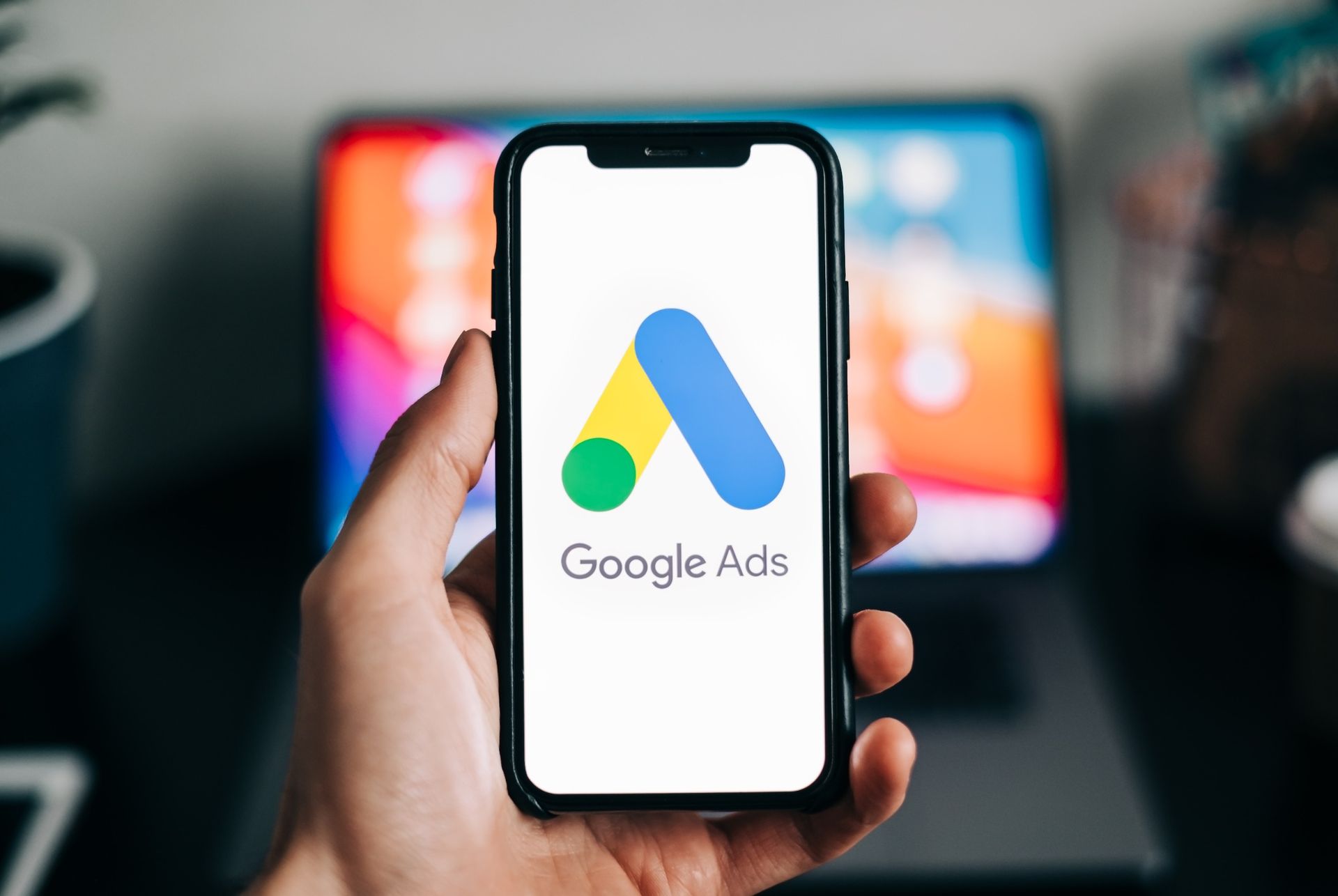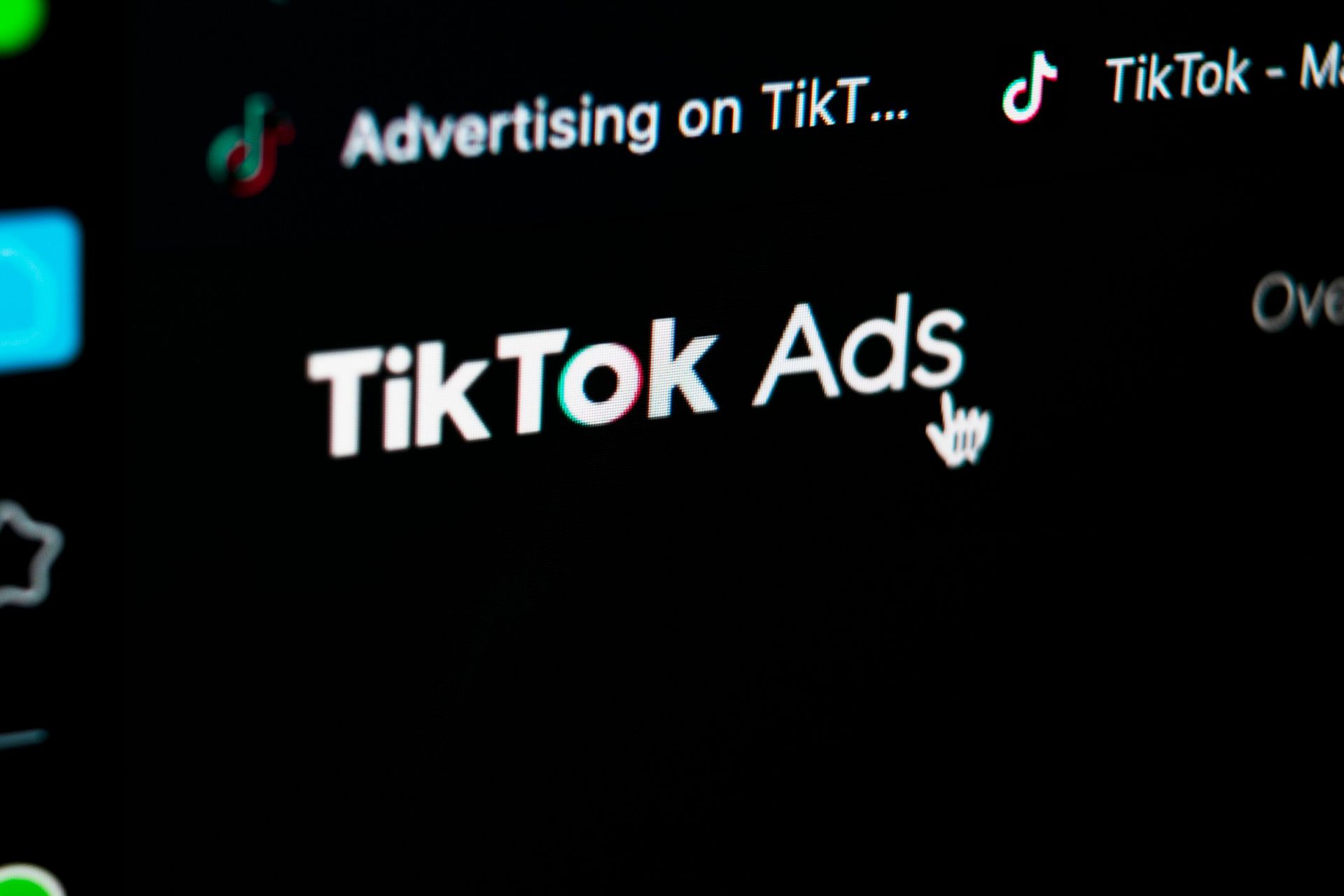How SEO and Content Marketing Work Together to Drive Results
If you’ve dipped your toes into the world of digital marketing, you’ve likely heard two buzzwords—SEO (Search Engine Optimisation) and content marketing. But here’s the thing most people don’t get right away—these are not two separate strategies.
They’re more like your favorite duo (think peanut butter and jelly or Batman and Robin), working together to boost visibility, engage audiences, and ultimately, drive results for your business.
Want to know how SEO and content marketing intertwine and why they’re essential for modern marketing? You’re in the right place. By the end of this post, you’ll have actionable insights into how to optimize your content game while making the most of SEO.
What’s the Difference Between SEO and Content Marketing?
Before we jump into their perfect partnership, it’s important to understand what these terms mean.
What is SEO?
SEO—Search Engine Optimisation—is the process of tweaking and optimizing your website so it ranks higher on search engines like Google. It’s all about making your content discoverable. You want to appear on the first page of search results when people type in a question or topic relevant to your business.
Key elements of SEO include:
- Keyword Research to identify the search terms your audience is using.
- On-Page SEO practices like meta tags, header formatting, and URL structures.
- Technical SEO, ensuring things like fast loading speeds and mobile-friendliness.
- Link Building, both inbound and outbound, to signal authority and credibility.
What is Content Marketing?
At its core, content marketing is about creating valuable, relevant, and engaging content that appeals to your audience. It’s not just about selling—it’s about helping, educating, and entertaining through blogs, videos, infographics, podcasts, and more.
Effective content marketing builds trust, solves problems, and nurtures relationships.
The Key Difference
SEO is the technical process of making your website easy to find, and content marketing is the creative approach to delivering value through content. Think of SEO as the vehicle driving your content, and content marketing as the fuel—one simply doesn’t work without the other.
Why SEO Needs Content Marketing
Without content, SEO would be pretty pointless. After all, what is Google going to rank if there’s no content? Here’s why SEO and content marketing are a match made in marketing heaven:
1. Keywords Bring Traffic to Your Content
SEO begins with understanding which terms your audience is searching for—the keywords. Once those keywords are identified, content marketing steps in to create rich content around them.
Say your target keyword is “sustainable fashion tips.” Content marketing can help you build blogs like “10 Ways to Shop Sustainably in Australia” or “Why Sustainable Fashion Costs More—And Why It’s Worth It.” Using SEO best practices like headline tags, rich keywords, and internal linking within these pieces ensures you’ll pull users straight from the search results to your page.
2. Search Engines Love Fresh, Valuable Content
Google’s number one goal is to provide the most relevant (and fresh) answers to user queries. Regularly publishing high-quality, engaging content that answers questions, solves problems, or informs users helps earn you more visibility over time.
For example, a business blog updated weekly with practical, well-optimised posts improves your domain authority, which ultimately helps you rank higher.
3. Links Point People (and Search Engines) to Your Good Stuff
Have you noticed websites with internal links (“Read next” suggestions embedded into blogs) and external links (referencing trusted sources)? SEO relies on these links to give search engines a clear map of your content.
Content marketing is your tool to craft thoughtful posts peppered with links to blog posts, product pages, and credible external resources. It’s not just helpful for Google—it’s fantastic user experience.
Why Content Marketing Needs SEO
Now, let’s flip the script. While SEO needs content to shine, a content marketing strategy that doesn’t consider SEO will fall flat. SEO makes sure your blogs, videos, and case studies reach the right audience at the right time.
1. Visibility is the Point of All That Hard Work
You’ve just poured hours into an epic guide on “The Beginner’s Blueprint to Social Media Ads,” but no one’s reading it. Why? It wasn’t optimized for SEO. Content needs SEO elements like keywords, meta descriptions, and alt text for Google to even discover it.
2. SEO Guides Content Creation
Wondering what kind of content you should create next? Your keyword research tools (like SEMrush or Google Keyword Planner) hold the answers. They’ll tell you what your buyers are looking for online, giving you endless content ideas. High search volume for “how to start a podcast in Australia”? Boom—you’ve got your next blog topic.
3. Boosting Engagement and Reducing Bounce Rates
SEO ensures your content lands in front of people who care. Long-tail keywords (specific search terms) help attract people with intent. Someone searching for “how SEO and content marketing work together” is probably eager to learn marketing strategies for their business. By targeting their specific query, you capture their attention—and if your content is valuable, they’ll stick around.
How to Make SEO and Content Marketing Work Together
You get it—they’re a dream team. But how do you actually integrate SEO and content marketing into your business growth strategy? Here’s the game plan:
Step 1: Start with Strong Keyword Research
Use tools like Ahrefs, Ubersuggest, or Google’s Keyword Planner to figure out what your audience is searching for. Look for high-volume, low-competition keywords and long-tail keywords to target.
Step 2: Write for People First, Search Engines Second
SEO keywords should guide your content but focus on delivering value. Content stuffed with keywords feels robotic and will send your readers running.
For example, if your keyword is “best coffee beans Australia,” create engaging blog posts like “Australia’s Best Coffee Beans for Every Budget” instead of spamming that phrase in every sentence.
Step 3: Optimize Content for Search Engines
Once the content is written, polish it with SEO best practices like these:
- Include target keywords in the title, H1, and throughout the content naturally.
- Add a compelling meta title and description for search previews.
- Optimise your images with alt text that reflects your keywords.
- Use internal and outbound links for better navigation and credibility.
Step 4: Repurpose Content for Various Channels
That blog you just wrote? Break it into Instagram carousel posts, LinkedIn tips, or email newsletters. SEO-driven content marketing creates an infinite loop of valuable information that reaches customers on different platforms.
Step 5: Track, Measure, Adjust
Don’t just spin up content and hope for the best. Use tools like Google Analytics to monitor performance. Which pieces bring the most traffic? Where do users bounce? Adjust as needed to maximise impact.
Unlock the Power of SEO and Content Marketing
The perfect blend of content marketing and SEO isn't just a pleasant bonus—it's the indispensable bedrock your business requires to prosper online, especially on the Sunshine Coast. Together, they elevate your ranking, lure high-quality leads, captivate your audience, and construct a formidable authority in your niche. Harness the power of top-notch content marketing in the Sunshine Coast to light up your online presence.
If you’re ready to supercharge your results but need a helping hand, we’ve got you covered. Contact Socialyze Marketing today to create amazing content and rank at the top.









